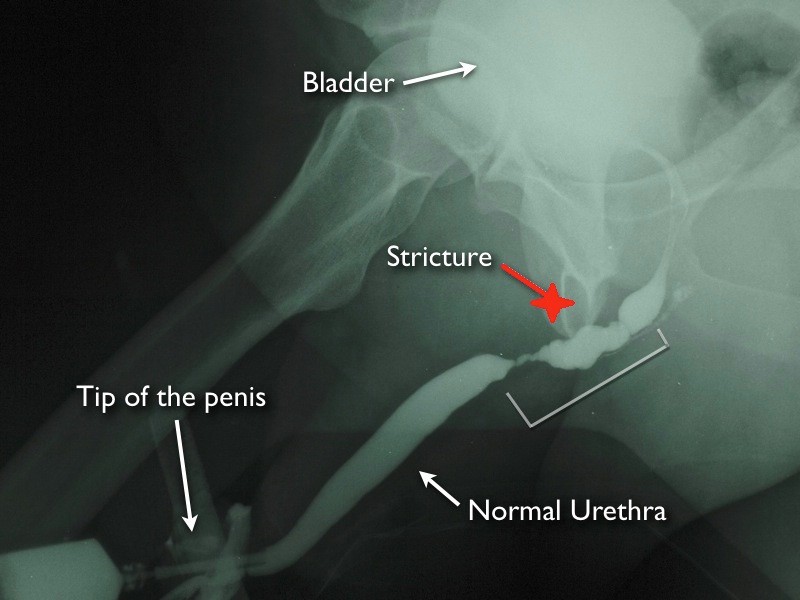Urethral Stricture

A urethral structure is characterized by the scarring of the urethra, which in turn narrows the tube that carries waste products in the form of urine. Just like benign prostatic hyperplasia, a stricture restricts and slows the flow of urine from the bladder resulting in various conditions, such as lower urinary tract infections.
In addition, the urethral stricture can cause both the enlargement and inflammation of the prostate gland. Anatomically, the male urethra is located under the bladder and surrounded by the prostate, a small, walnut-sized gland responsible for producing semen. As the prostate and urethra are interconnected, an abnormality in the latter may also extend to the former.
Early signs of urethral stricture are coupled with changes in the prostate gland. Posterior urethral stricture usually develops three to six months following the initial injury. Besides prostate gland enlargement, the bladder also descends as a result of pelvic hematoma. A stricture is usually one to two centimeters in length. Untreated urethral stricture may also develop in men who undergo transurethral resection of the prostate. This condition subsides a few days to weeks after surgery.










